Peter Paul Biro
Fine Art Conservation, Restoration and Forensic Studies in Art, Québec, Canada
Fine Art Conservation & Restoration
Art conservation is a practice devoted to preserving humanity’s artistic and creative culture for the present and future. Weaving art with science, this practice protects our heritage, preserves our legacy and saves our works of art for all generations to come.
As traditionally practiced, art restoration focused its efforts on returning an object or a work of art to either its original state or an assumed earlier condition. In the past, in order to obtain this state or condition, little regard was often paid to either in-use alterations or changes caused by the passage of time. In other worlds, restoring an artwork traditionally often erased evidence of the life a painting or other artwork had lived since it’s creation, including the altering of original materials. This was problematic, since the erasure of the historical markers of an art object’s use can deprive us all of some of the cultural history that an artwork has experienced.
Today, art conservation and restoration is based on the principles and practices of technical examination, documentation, and treatment for objects of material culture. The intention of art conservation is to improve the condition of an artifact by stabilizing physical condition problems and addressing surface disfigurement arising from deterioration and/or damage. In doing so, the art conservator strives to retain as much original material as possible and to employ the best quality materials and the most carefully considered methods available.
At times a conservation treatment also requires restoration, which is defined as the preparation and incorporation of replacement materials (i.e. ‘compensation for losses’) to allow proper visual interpretation of an art object, while always striving to honor the artist’s original intention in their artwork.
The goal of the modern conservator is to determine in a non-invasive way the remaining original portions of the painting and to gain an understanding of how the painting has been treated over the years. Initial analysis will often consist of x-rays in order to gain information about how the painting was composed. As well, a conservator will often use infrared imaging to see original drawings under a painted surface and losses of paint.
Both of these techniques are part of a larger movement to eliminate the previously destructive techniques employed by art conservators of the past. Traditionally, millimeter square portions of paint would be removed from the painting to identify varnish layers and different pigments used. Not only does this remove portions of the painting, but it also illuminates the overall picture less than a modern scan of the entire painting would. These new and improved methods are revolutionizing how priceless works of art can be safely restored to near original conditions.
The technical information conservation scientists gather is used by conservators and curators to decide the most suitable conservation treatments for the examined artwork and adds to their knowledge of the artwork by providing answers about the material composition, fabrication, and any previous restoration treatments.
Forensics in the Authentication of Works of Art
The role of scientific investigation in the attribution and authentication of art is now a necessary part of any rigorous assessment. While historical studies and connoisseurship provide useful investigatory frameworks for attribution, scientific methods provide means by which to interrogate the materials and techniques of the object enabling a comprehensive collection of data about the construction and history of a work.
The Three Towers of Fine Art Authentication: Provenance–Forensic Science–Connoisseurship
Traditionally, authentication has relied on connoisseurs. After studying things like brushstroke, texture, composition, and color, they summon forth their vast wealth of knowledge and divine the truth. But as is the case with sports officiating, bad calls are part of the game. One of the most famous examples is Dr. Abraham Bredius. In the 1930s, he was recognized as the foremost authority on Dutch Old Masters. The ex-museum director was celebrated for his scholarship and unerring eye. Today, however, he is remembered as the man who mistook van Meegeren’s forgery, The Supper at Emmaus, for a national treasure. Bredius’s exuberant appraisal, published in The Burlington Magazine, included the fateful line “every inch [is] a Vermeer.”
Old ideas tend to persist long after new evidence dictates otherwise. Forensics has done more to change conventional wisdom perhaps than any other endeavor. One definition of the word ‘forensic’ is the use of science and technology to investigate and establish facts. Problems surrounding the correct attribution of a work of art have a very long history and this situation persists to this day. Misattributions continue to proliferate, as do forgeries and the scandals that follow them. We often see this as the subject of sensationalized articles and news items. The majority of works of art today are still judged on subjective visual examination alone – frequently on nothing more than an opinion based on photographs .
Connoisseurship is not an intellectual or scientific discipline—although it may have acquired some intellectual trappings, as it rolled along. It is a skill that is developed through deliberate practice and chance experience. While historical studies and connoisseurship provide useful investigatory frameworks for attribution, scientific methods provide means by which to interrogate the materials and techniques of the object, enabling a comprehensive collection of data about the construction and history of a work. This provides contestable and verifiable evidence.
The scientific examination of paintings had a slow start in the early 19th century. In 1800 a London doctor, John Haslam, carried out the first recorded analysis on samples from mid-fourteenth century wall paintings discovered in St Stephen’s Chapel, Westminster. His work was examined and compared with that of Sir Humphry Davy, who in 1814 analysed pigment samples from excavations in Rome and Pompeii.
It was only in the 20th century that we saw the beginnings of what today is the mainstream approach to pigment and technical analyses of paintings employing a wide range of ever-improving and evolving scientific instruments. At the beginning of the 21st century we are seeing the miniaturization of hitherto bulky and often room filling instruments. With such miniaturization the analytical instrument can literally be taken to the object as opposed to having to remove material from the artwork to be prepared and placed in an instrument’s specimen chamber. Technical and scientific analysis of the materials that make up an artwork is now generally accepted and required in the authentication process. The history of paint-making is fairly well documented and is constantly expanding. The introduction of myriad new synthetics during the 20th century literally fueled the works of many modern artists.
Alkyds, acrylics and other plastic based media saw their beginnings in the early part of the last century and new paint formulations continue to be introduced to this day. Today, we have an amazing arsenal of methods and equipment available to solve the quintessential question of ‘who painted it’. But the failure to exhaust these avenues can lead to disastrous and materially damaging results.
Provenance:
Provenance (from the French provenir, ‘to come from/forth’), is the chronology of the ownership, custody, or location of a historical object. The term was originally mostly used in relation to works of art, but is now used in similar senses in a wide range of fields, including archaeology, paleontology, manuscripts, printed books, science and more.
The primary purpose of tracing the provenance of an object or entity is normally to provide contextual and circumstantial evidence for its original production or discovery, by establishing, as far as practicable, its later history, especially the sequences of its formal ownership, custody, and places of storage.
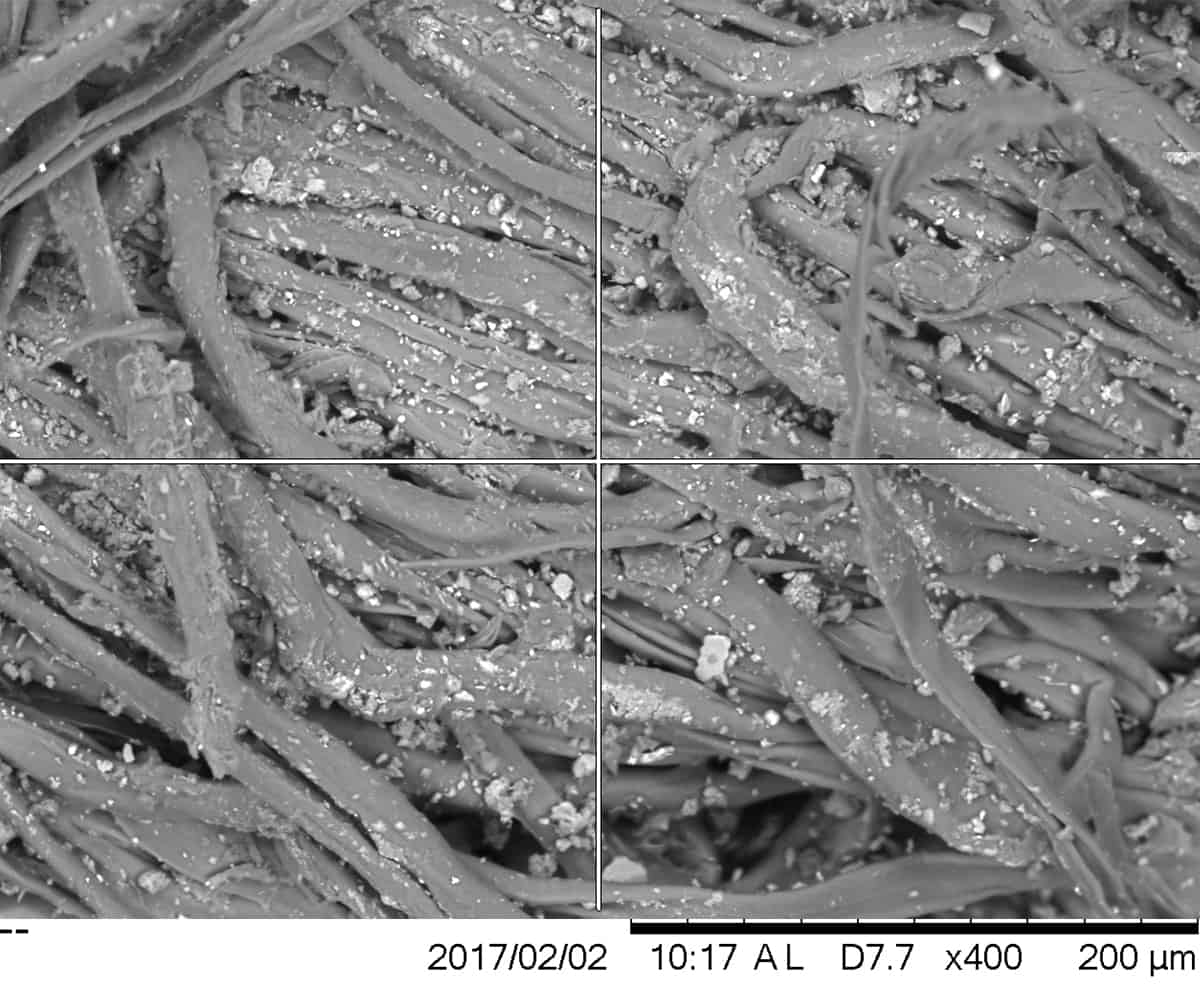
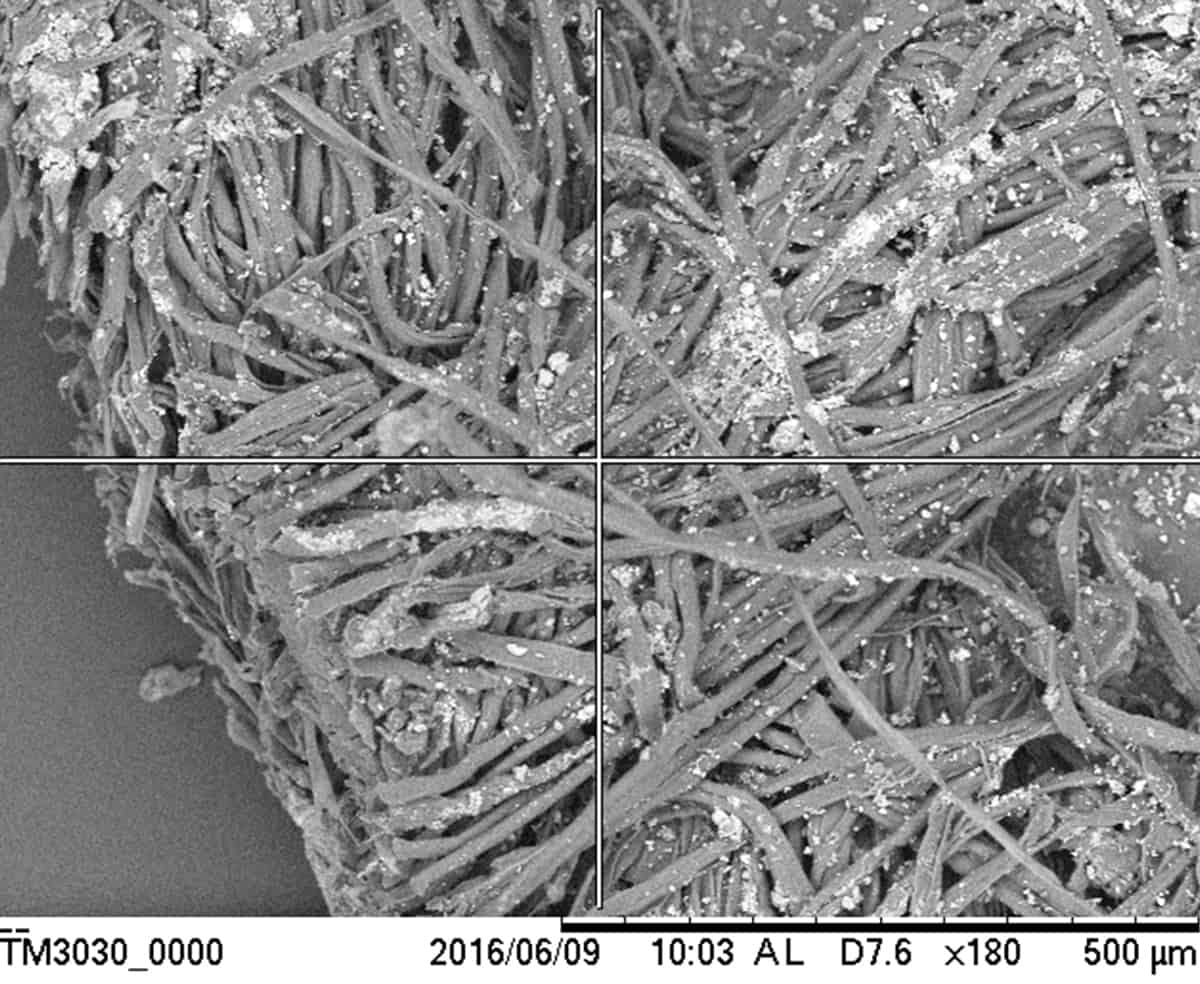
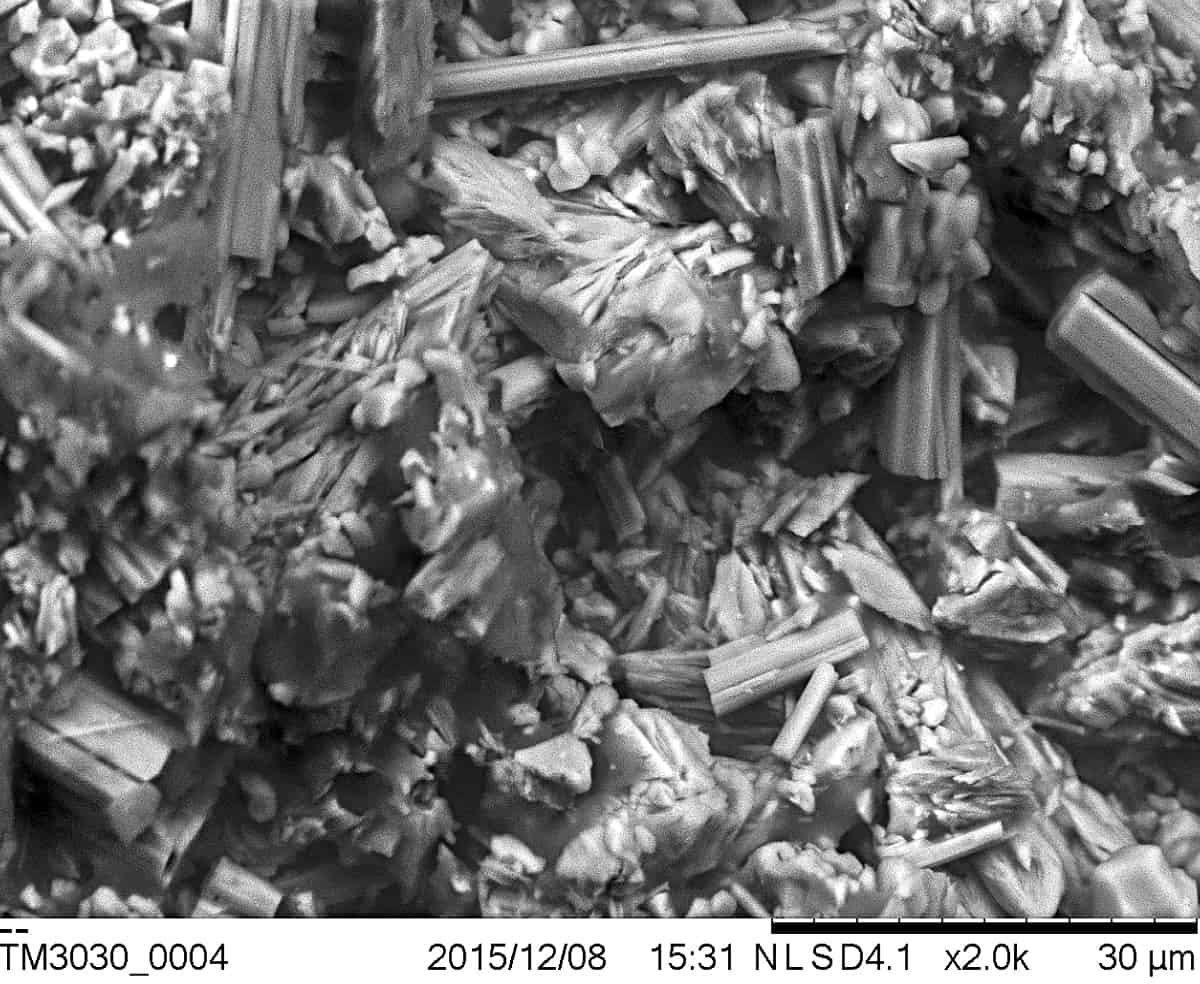
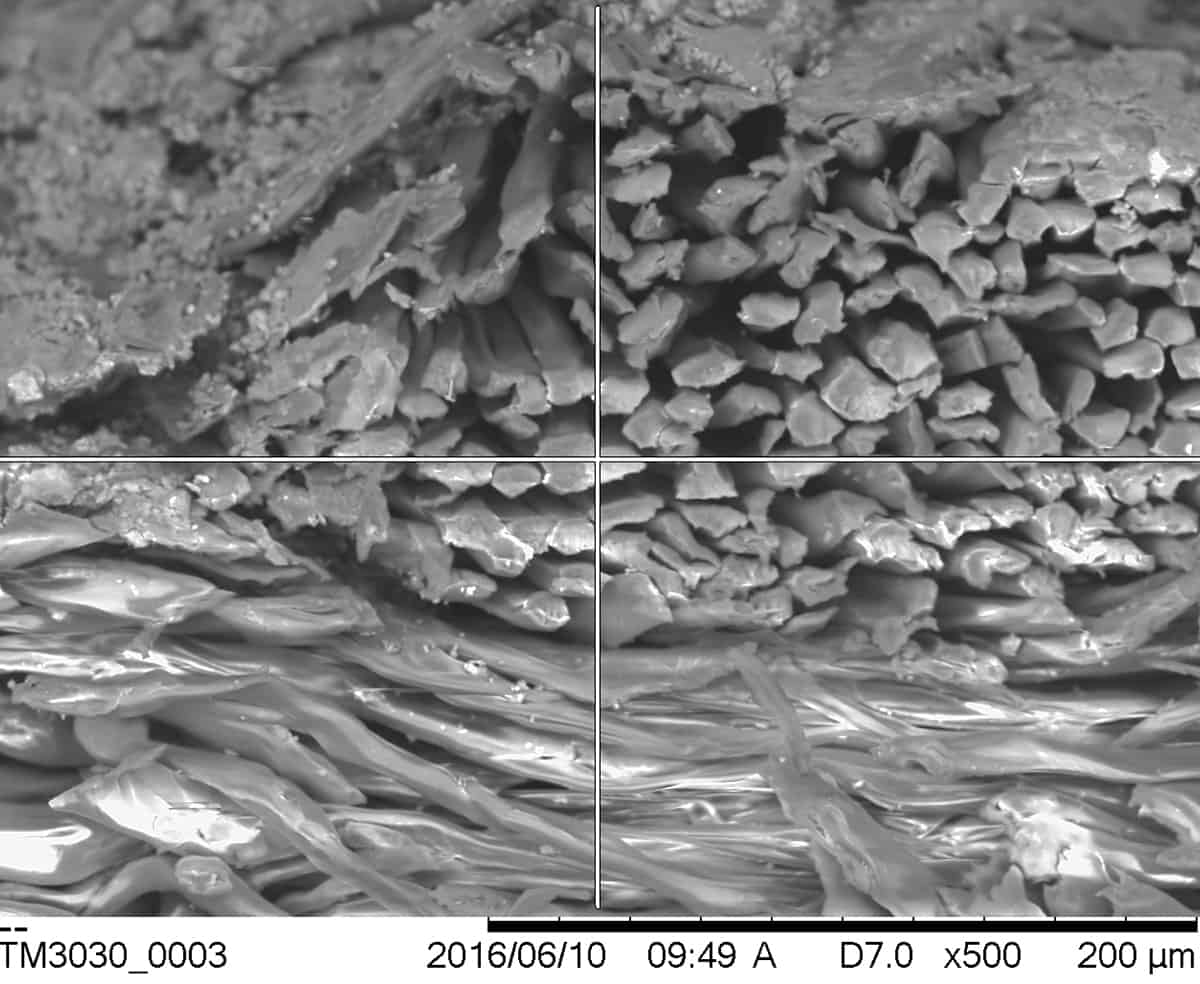
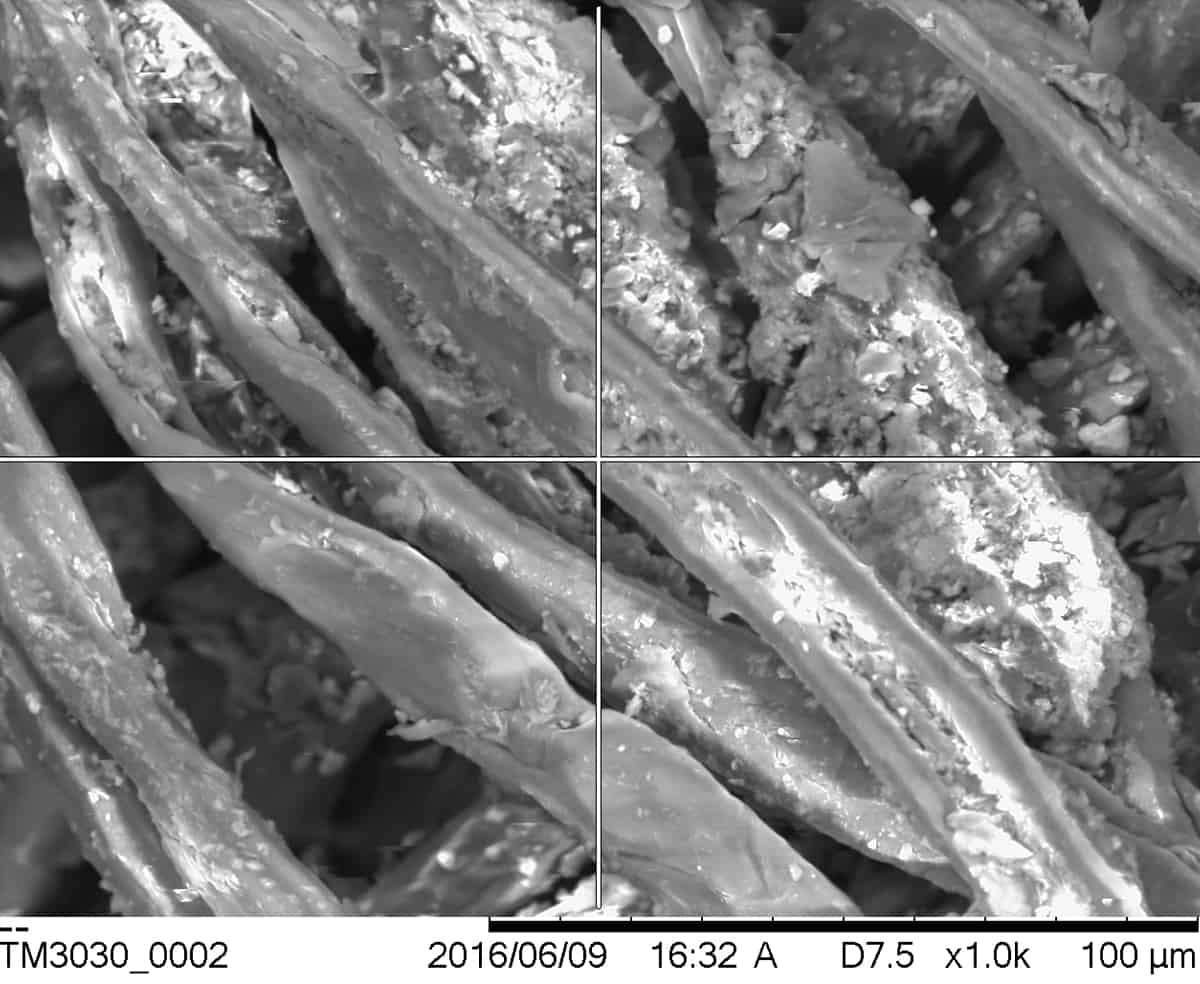
Our Approach
Understanding how artists’ materials were made and used throughout the centuries is fundamental to answering questions about authenticity and conservation issues. We approach these questions with a lifetime of experience combined with the latest that technology and cutting-edge science now has to offer.
Our Experience
We are well known for our application of time-tested conservation techniques, and for our expertise in forensic science. Our provenance research efforts, collaborations with scholars, experts, and technical specialists across many disciplines have resulted in acclaimed discoveries over the years. Some of these have been reviewed in the international media and presented in peer reviewed publications and public lectures. The roster of our clientele runs the gamut from prestigious museums to renowned individual collectors.
Our Founder
Peter Paul Biro is a peer-approved fine art conservator and forensic scientist. Museum standards and methodologies are the hallmark of his state-of-the-art laboratory studio practice. With care and expertise, he returns works of art back to the artists’ original intentions, while also preserving our cultural art history.